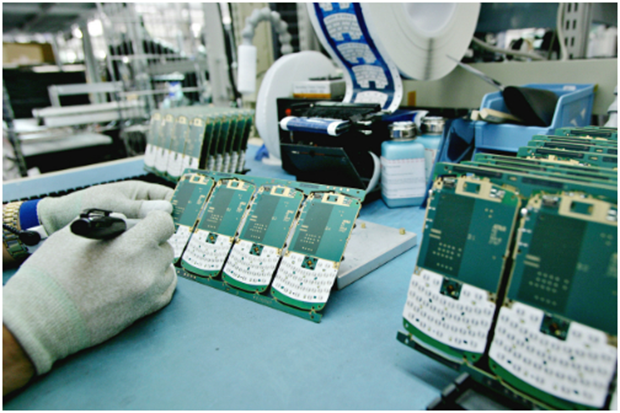
Mobile Phone Assembly
Mobile phone assembly refers to the process of putting together various components of a mobile phone to create a fully functional device. This process involves a series of steps that require precision, skill, and attention to detail. In this article, we will explore the mobile phone assembly process and the components involved in it.
The components of a mobile phone typically include the display, battery, processor, camera, memory, and various other small parts such as screws, connectors, and cables. The assembly process involves combining these components into a cohesive whole, with each component being carefully installed and tested to ensure that it functions properly.
A mobile phone consists of several components, each of which plays a crucial role in its functioning.
- Display - The display is the most visible part of a mobile phone. It is usually a touch-sensitive screen that allows users to interact with the device.
- Battery - The battery is responsible for powering the device. It is typically a rechargeable lithium-ion battery that provides the phone with several hours of usage.
- Processor - The processor is the brain of the device. It is responsible for executing all the commands and tasks that a user initiates.
- Memory - Memory is used to store data and applications. A mobile phone typically has both RAM (random access memory) and ROM (read-only memory).
- Camera - Mobile phones are equipped with one or more cameras that allow users to take photos and videos.
- Antenna - The antenna is responsible for transmitting and receiving signals. It is usually located near the top of the device.


